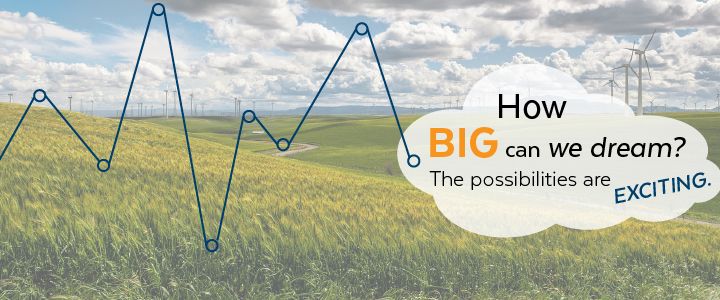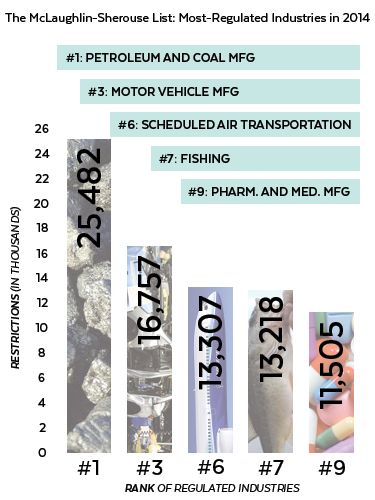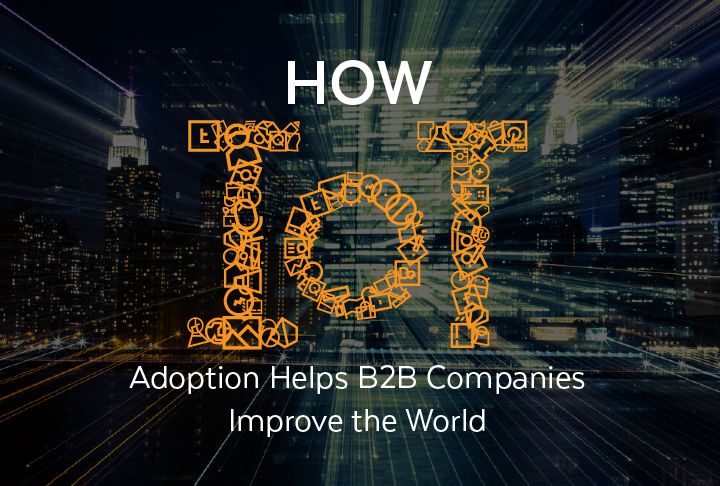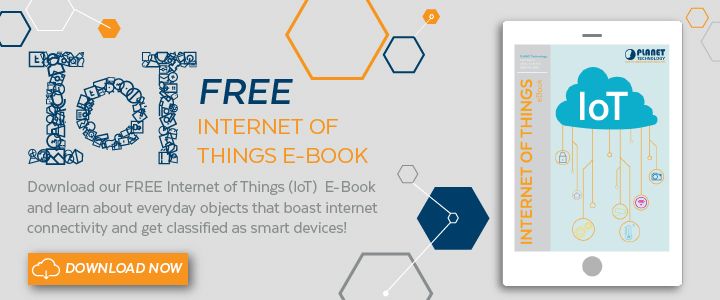Current estimates show companies spending close to $5 Trillion on the Internet of Things (IoT) over the next 5 years.
If future spending weren’t already enough to get you interested, consider the fact that IoT technology is already seeing adoption far and wide.
In fact, 451 Research (an IT research and advisory company) found that over two-thirds of respondents were already engaged in some form of IoT technology deployed or in trial. They published the following points in their recent report, “2017 Trends in the Internet of Things”.
With all of that in mind, it should come as no surprise that there are a number of pretty great reasons we can expect positive change to come out of the IoT in the near future.
Low-power wide-area networking [LPWAN] technologies, in particular, are at a critical juncture in market adoption. The potential is for license-exempt providers to build scaled operations.
With so much money up for grabs and so much room for product development, it makes sense to take a closer look at what’s driving these trends. Early investors in IoT infrastructure now, stand to capture a wider share of the market. Additionally, they can gain valuable insight into their customers desires and habits as adoption further develops.
The Internet of Things isn’t a stand-alone entity mind you. It also gives rise to the Analytics of Things (AoT) and the ability to interpret big data for deeper insights.
The end goal from a business owner’s standpoint? An improved ability to deliver profoundly personal customer experiences.
As we get comfortable with IoT adoption and begin to harvest this data, our collective customer approach will start to change how we do business.
Information is the New Gold
Gartner predicts that the IoT revolution will connect over 25B devices to the Internet by the year 2021. The sheer amount of raw data that introduces to the mix is unprecedented.
By extension, we will need better and faster ways to process these vast quantities of data. One way is through data visualization.
Data scientists are already beginning to heavily rely on visualization tools to retrieve meaningful context from these enormous data sets.

Artificial intelligence and big data
Artificial Intelligence is becoming more and more important in mining big data. The size of such data sets can be simply too massive for human “crunching.”
“Cognitive intelligence is going to help us to deal with the gray areas,” Ginny Rometty.
Businesses and even individuals, that rely heavily on data for their decision making processes can actually purchase cognitive data services on a monthly basis from companies like IBM Watson. In a nutshell, these services will interpret business data for you.
Not even a large team of people could effectively process data that sometimes includes tens of billions of data points. These enormous data machines have come a long way and can now detect patterns and trends. This enables decision-makers to consider things they otherwise would not be able to know.
How to leverage information
The sooner businesses gain access to deeper levels of consumer data, the more nuanced their ability to create personalized customer experiences will be. Further, their potential to capture revenue will accordingly increase.
Taking excellent care of your customer is no longer a hit or miss proposition. The predictive ability of deep data will enable companies to:
- Assess specific insurance risks as it pertains to cybersecurity threats
- Use data sets to predict how customers will intuitively search and self-serve on websites
- Help oncologists treat specific cancer patients based on DNA and other markers at facilities like Sloan Kettering
The application scenarios and real-life benefits this capability will provide can literally make the world a better place.
Things like having access to long-range weather patterns may actually help farmers understand how to grow more and better food and further alleviate hunger.

Localization & Globalization
So, how is adoption of the IoT and AoT improving lives already?

Data Courtesy Mercatus Center
For local markets and geopolitically driven industries, these analytics already offer instant insights for global companies.
Product development is going to become much more targeted to local consumers. Doing business across geopolitical boundaries is difficult to say the least. The nuances and intricacies of that process will mandate the addition of a Chief Regulatory Officer for the C-Suite at some companies.
Some industries that currently feel the most regulatory strain are:
- Motor Vehicles
- Finance
- Insurance
- Petroleum and Coal
- Pharmaceuticals
Global Data Centers are also feeling the strain. When these companies move business operations to places like Asia, Europe, or the Middle East, they have stringent due diligence to perform before they can even think about opening their doors.
What About IoT Adoption for Network-Based Businesses?
The answer is fairly straightforward. Since cognitive intelligence happens in the cloud, network-based businesses will continue to see growth for the foreseeable future.
The storage required for managing and manipulating data sets attached to 25B devices will only continue to expand.
Those in the data ecosystem should carefully consider how to expand teams to handle the increasing growth-rate.
Thankfully, data will also help data centers. They’ll be able to predict how to meet the demands of rapidly growing customer businesses.
Keep your eyes peeled on this trend as we approach a more connected future.

